By Amanda Rose Newton
As the school year winds down, many parents and students look for meaningful ways to say “thank you” to the teachers who’ve made a difference. While mugs and gift cards are always appreciated, a living plant or a seed kit adds a unique and lasting touch — one that keeps growing, just like the knowledge teachers share all year long.
Here’s how to incorporate classroom-friendly plants or seeds into your end-of-year teacher appreciation gifts, plus some care tips so they can thrive in any classroom or home.
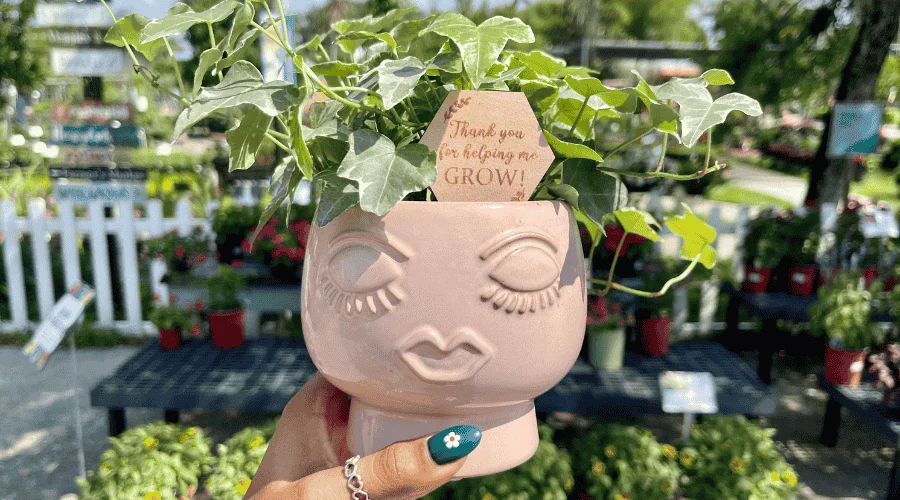
Why Plants Make Great Teacher Gifts
Symbolic: Plants represent growth, nurturing, and resilience — all qualities we value in great teachers.
Affordable: Even with a small budget, you can create a thoughtful gift that looks beautiful and lasts.
Educational: Plants can become part of science lessons or classroom routines if kept in the classroom.
Stress-relieving: Studies show indoor plants can reduce stress — perfect for a hardworking teacher’s desk.
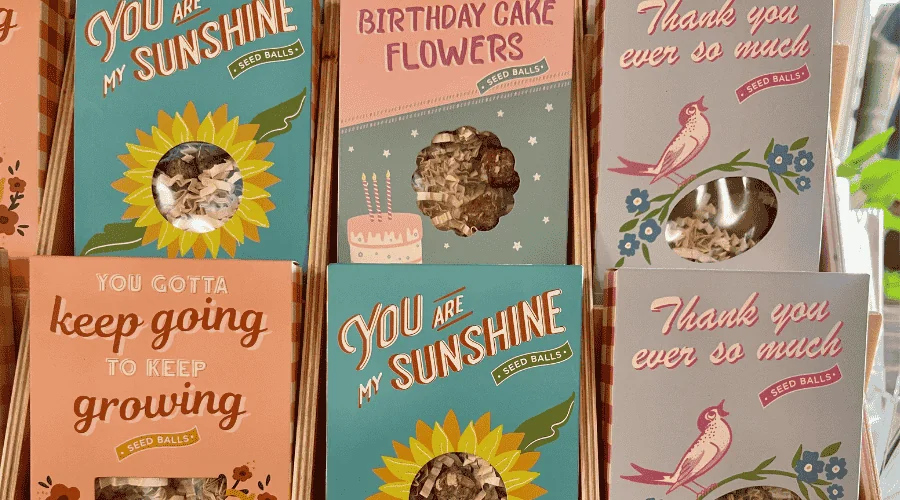
Best Plants for the Classroom
Choose plants that are:
- Low-maintenance
- Non-toxic
- Adaptable to indoor light levels
Here are a few top picks:
1. Succulents
Why: Compact, stylish, and easy to care for.
Care: Needs bright light; water only when soil is completely dry (every 2–3 weeks).
Tip: Opt for Echeveria or Haworthia, which are less prone to stretching indoors.
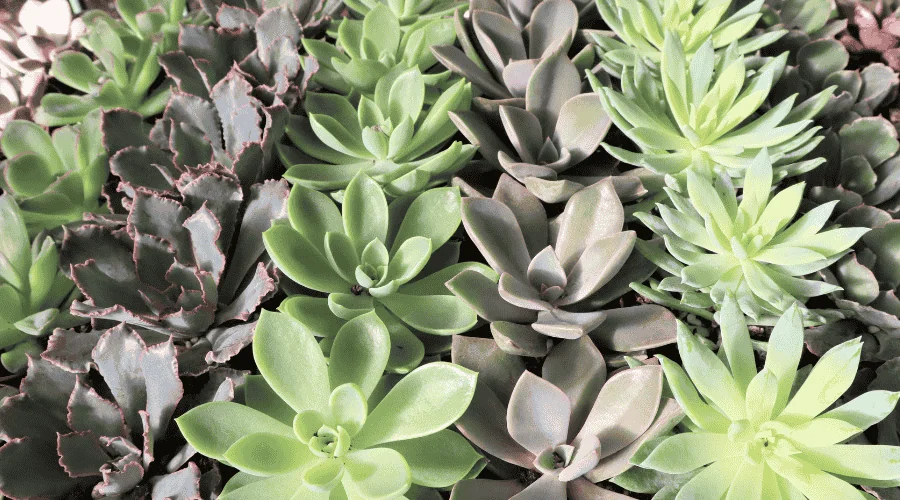
2. Pothos (Epipremnum aureum)
Why: A classic trailing plant that’s nearly impossible to kill.
Care: Tolerates low light; water when the top inch of soil is dry.
Fun Fact: It can be grown in water alone!
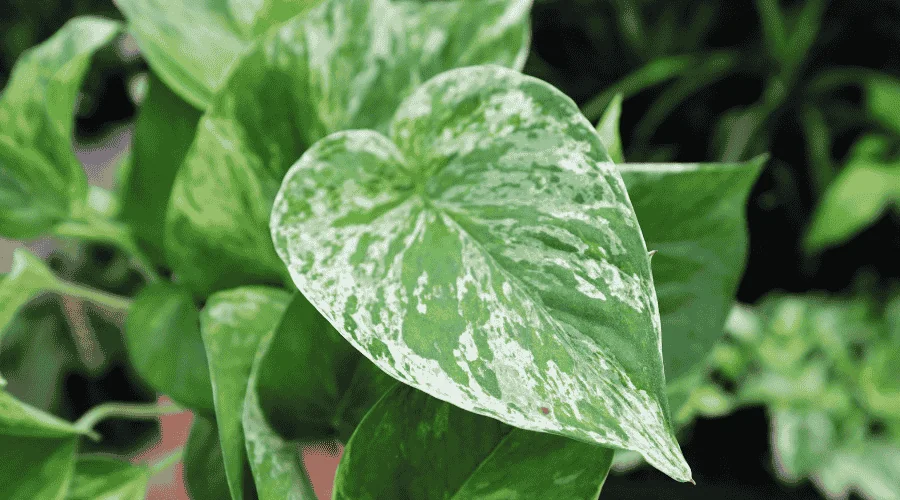
3. Peace Lily (Spathiphyllum)
Why: Elegant, with air-purifying qualities and lovely white blooms.
Care: Prefers low to moderate light; keep soil moist but not soggy.
Note: Mildly toxic if ingested, so best in a teacher’s lounge or older student classroom.
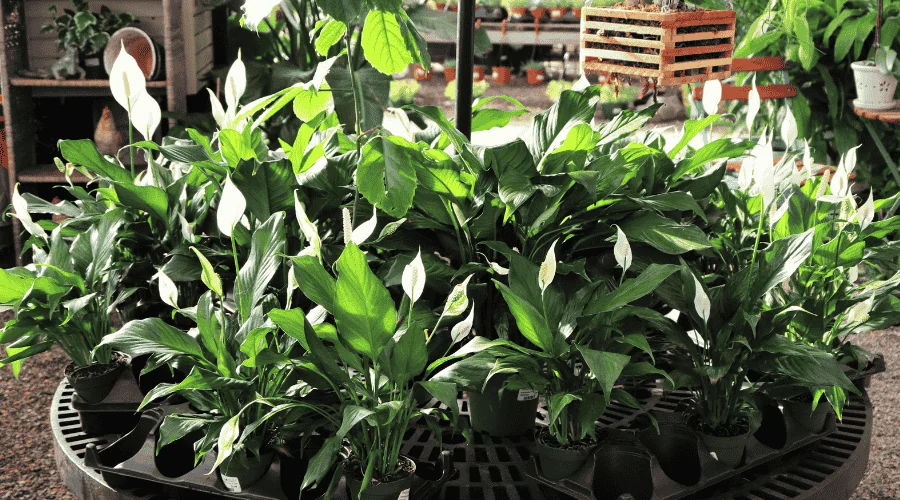
4. Spider Plant (Chlorophytum comosum)
Why: Hardy, pet-safe, and known for producing baby “spiderettes” that can be propagated.
Care: Bright, indirect light; water when the soil starts to dry.
Bonus: Makes for a fun classroom science experiment!
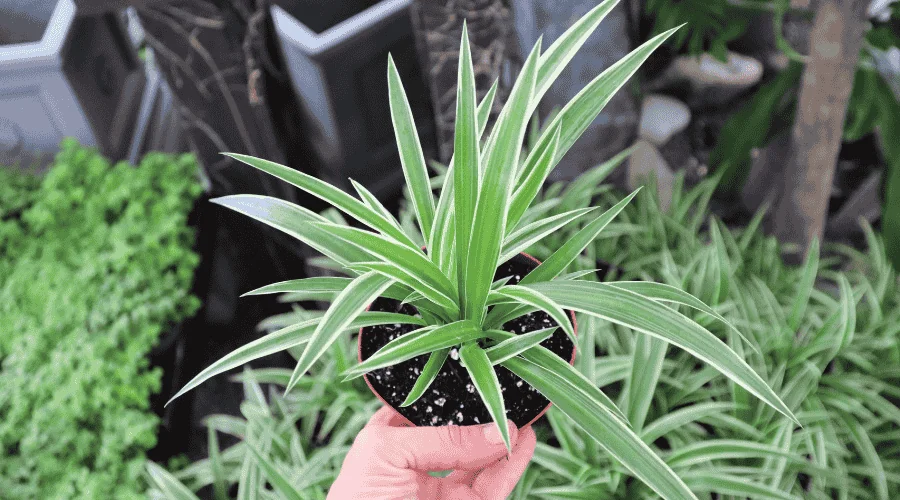
5. Mini Herb Kit (Basil, Mint, or Chives)
Why: Grows quickly, smells great, and can double as a cooking lesson.
Care: Needs 4–6 hours of sunlight; keep soil moist.
Tip: Include a small grow light if the classroom lacks sun exposure.
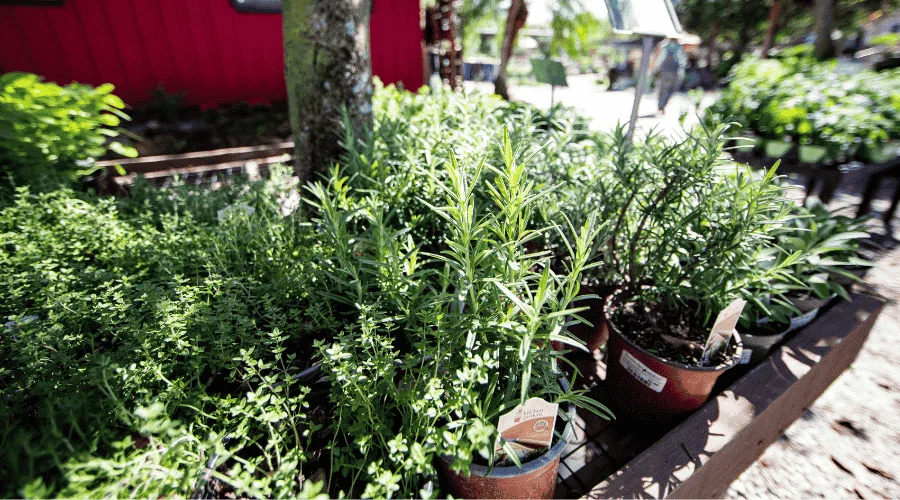
How to Present the Plant
Decorate the Pot: Let your child paint a terracotta pot or add a chalkboard label with a message like “Thanks for helping me grow!”
Add a Care Card: Attach a small tag or card with care instructions and a personal note.
Include Extras: A small watering can, bag of organic potting mix, or packet of wildflower seeds make thoughtful additions.
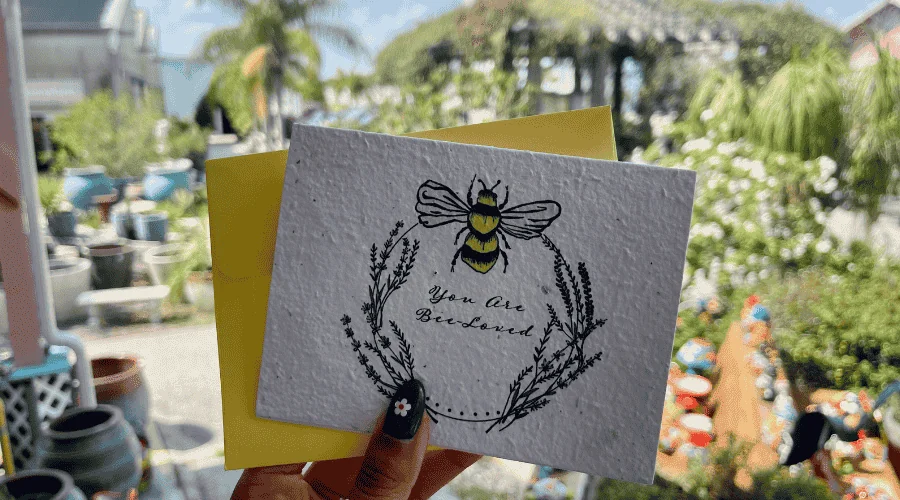
Want to Grow from Seed? Here Are a Few Ideas:
Sunflowers: Fast-growing and cheerful — great for younger classrooms.
Zinnias: Bright and beginner-friendly, perfect for summer bloomers.
Butterfly Milkweed (Asclepias): Native, pollinator-friendly, and educational for science units.
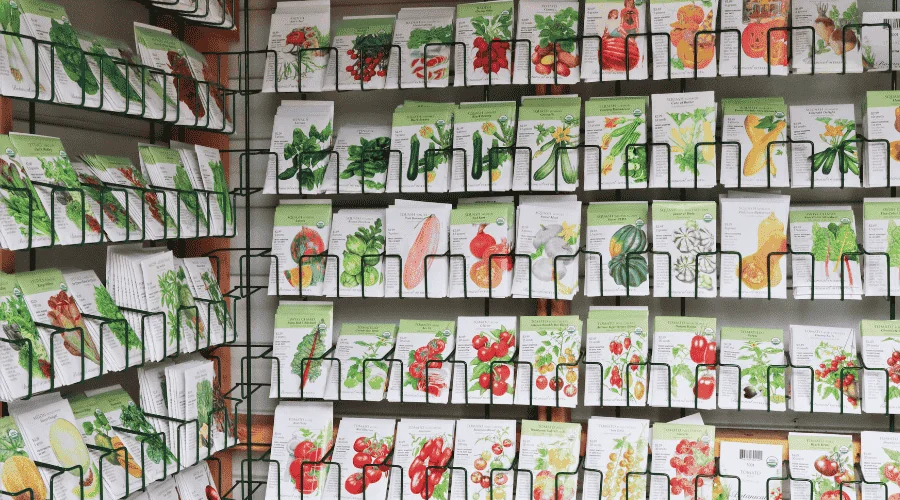
A plant is more than a gift — it’s a living reminder of your gratitude. Whether your child’s teacher keeps it on their desk or takes it home for the summer, it symbolizes appreciation that grows with time.
This year, skip the usual and go for the green. Teachers help kids bloom — now it’s time to return the favor.


